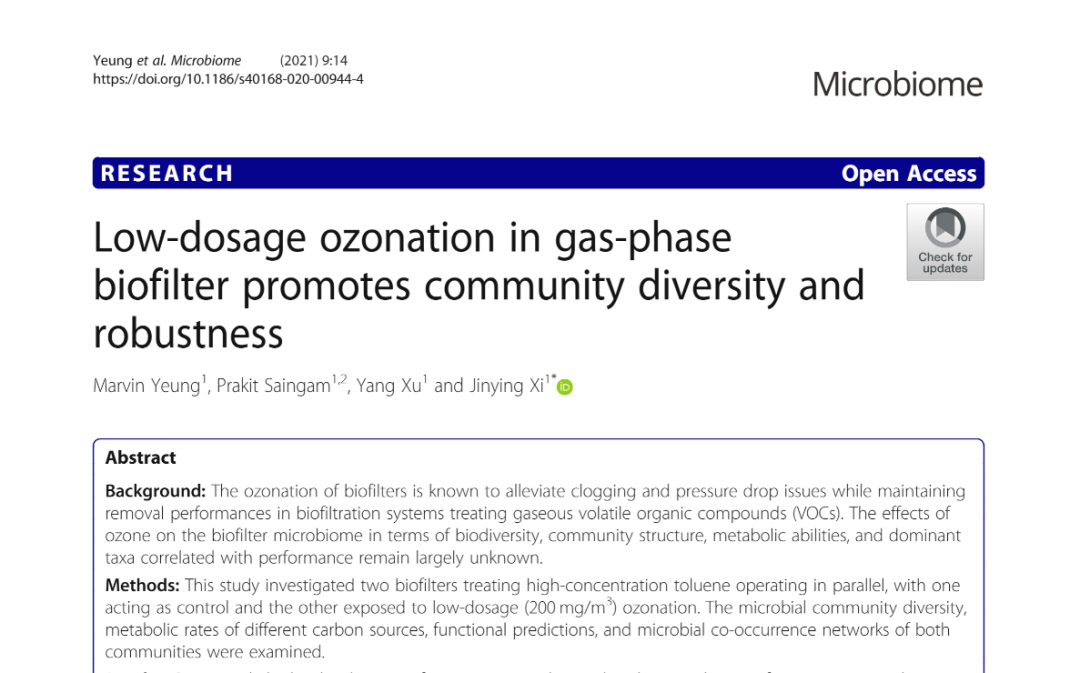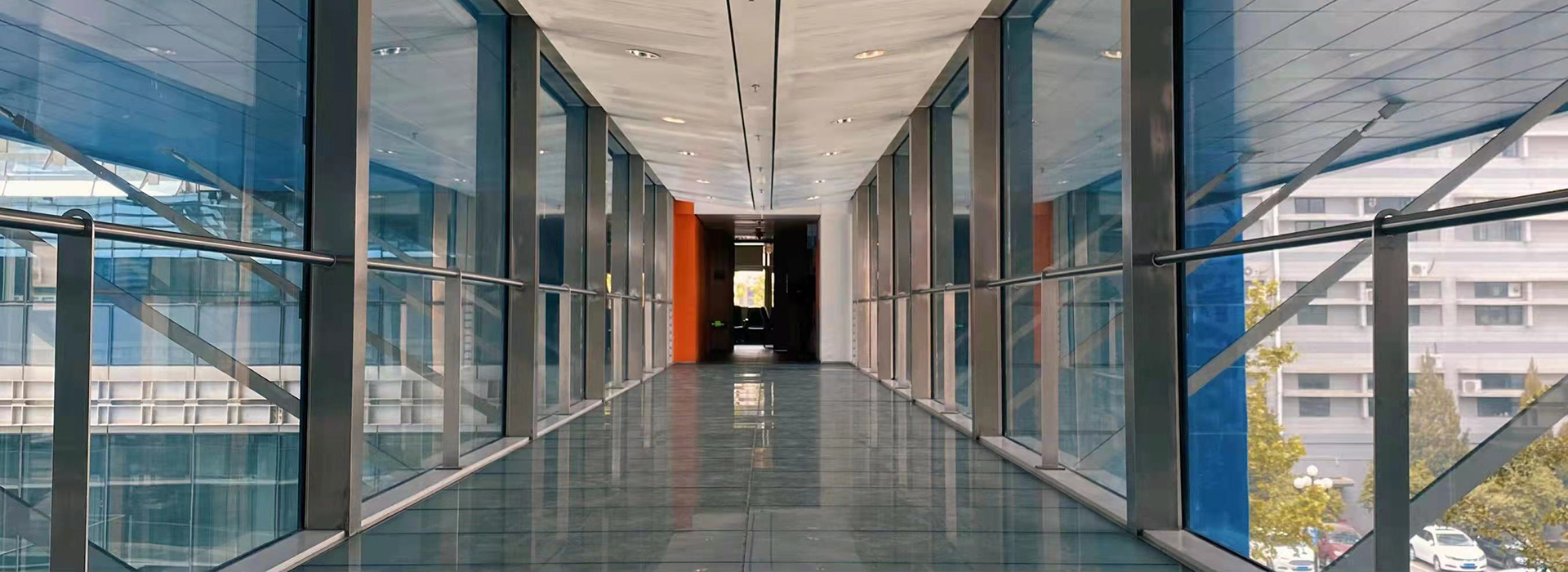SOE, Tsinghua, January 13th,2021 Recently, Associate Professor of SOEC, Jinying Xi’s research group published a research article on Microbiome, titled “Low-dosage Ozone Promotes Community Diversity and Robustness in Gas-phase Biofilter”.

Biofiltration based on degradation is widely used for pollution control of microbial volatile organic compounds (VOCs), but the accumulation of microorganisms causes filter clogging. A previous study by Xi Jinying 's group found that low-dosage ozone (a common strong oxidizer and disinfectant) could effectively control biomass accumulation, maintain microbial activity, while enhancing the pollutant removal capacity of the device, but the regulation mechanism remain unknown. Therefore, Xi’s group used high-throughput sequencing and multi-carbon source metabolic testing techniques to study the effects of low-dosage ozone on the structure and function of microbiome in Gas-phase Biofilter. It was found that exposure to low-dosage (200 mg/m3) ozone increased microbiome diversity by approximately 30%, and their metabolic ability towards organic acids such as amino acids and hydroxy acids also significantly increased. In addition, the abundance of bacteria with strong activity, stress-tolerant, and biofilm-forming ability significantly increased, thus enhancing the survivability and adaptive capacity of microorganisms. Analysis of microbial co-occurrence networks showed that low-dosage ozone enhanced the stability of microbiome structure. This study reveals the mechanism of which low-dosage ozone enhances the performance of biofiltration from a microbial perspective, which provides new understanding and methods for microbial regulation and optimization of biological treatment system.
Associate Professor Xi Jinying is the corresponding author of the paper, and doctoral student Marvin Yeung is the first author of the paper. Dr. Prakit Saingam and Dr. Xu Yang are also authors. The research was supported by the National Natural Science Foundation of China.
The link to the paper:https://rdcu.be/cdtG8
Video link:https://youtu.be/6E_vpDha4yk





